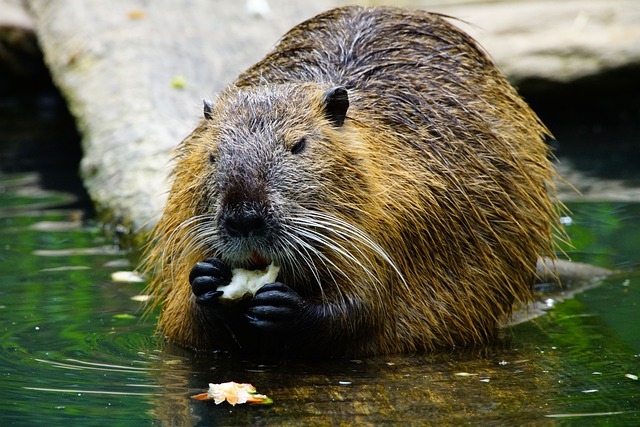Beavers and platypus are two of the world’s most unique and fascinating animals. Both are semi-aquatic mammals that spend most of their time in the water, and both have several unique adaptations that allow them to thrive in their respective environments. But are these two animals related?
Despite their many similarities, beavers and platypus are not closely related.
Beavers are members of the rodent family, while platypus belongs to a group of mammals known as monotremes. Monotremes are a small group of mammals that lay eggs instead of giving birth to live young, and they are only found in Australia and New Guinea.
This means that beavers and platypus are not only different species but also different types of mammals.
While beavers and platypus may not be closely related, they share several exciting similarities.
Both animals have webbed feet and waterproof fur that help them stay warm and dry in the water.
They also use flat tails for swimming and steering, and they are both excellent swimmers. Additionally, both beavers and platypus are essential members of their respective ecosystems, playing vital roles in maintaining the health and balance of their habitats.
Are Beavers and Platypus Related?
Physical Characteristics
Beavers and platypuses share similar physical characteristics, such as waterproof fur, webbed feet, and broad tails.
However, beavers are rodents, while platypuses are monotremes, egg-laying mammals. Beavers have large incisors that grow throughout their lives, while platypuses use an outstanding bill to find food in the water.
Habitat and Behavior
Beavers and platypuses also have different habitats and behaviors. Beavers are primarily found in North America and Eurasia, building dams and lodges in freshwater habitats.
Conversely, platypuses are only found in Australia, where they live in freshwater streams and rivers. They are also known for their unique behavior of using electroreception to find prey in the water.
Genetic and Evolutionary Relationship
Despite their similarities, beavers and platypuses are not closely related genetically. Beavers belong to the family Castoridae, while platypuses belong to the family Ornithorhynchidae.
During the early Jurassic period, these families diverged from each other more than 200 million years ago.
Therefore, any similarities between beavers and platypuses are likely the result of convergent evolution, where two unrelated species develop similar traits due to similar environmental pressures.
In conclusion, while beavers and platypuses share some physical characteristics, they are not closely related genetically. Their different habitats and behaviors also reflect their distinct evolutionary histories.




